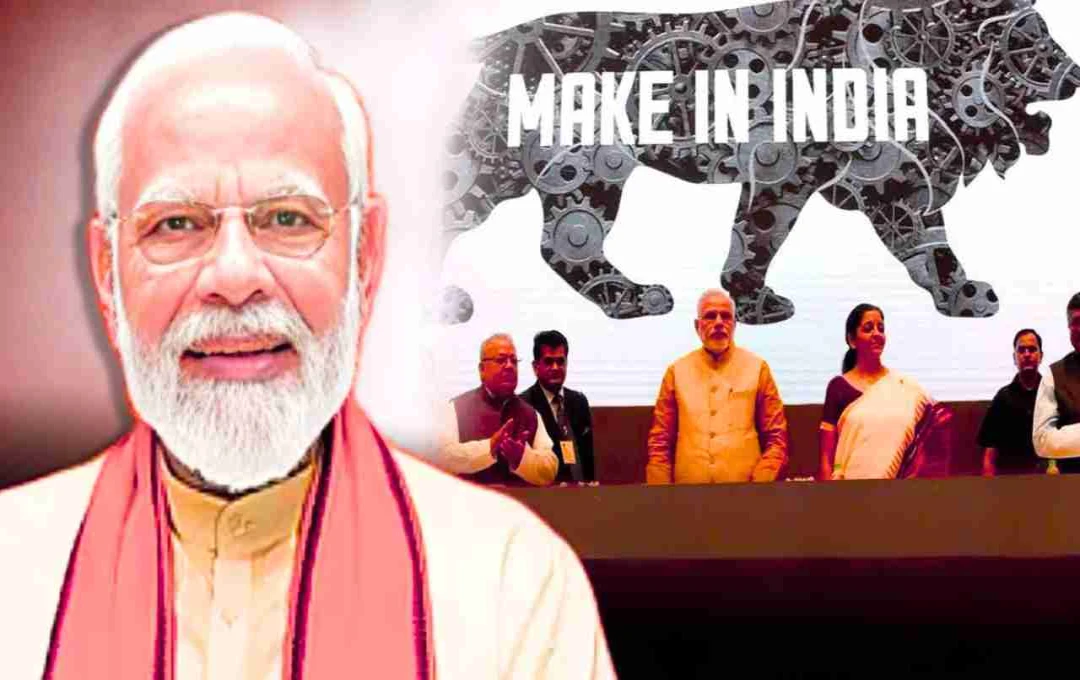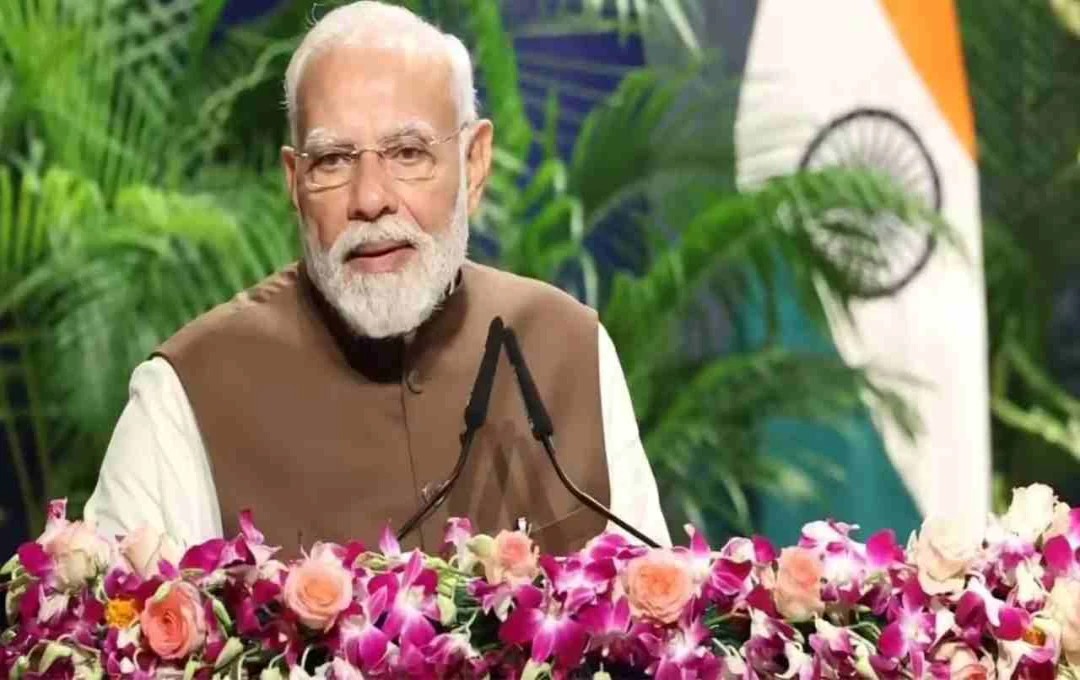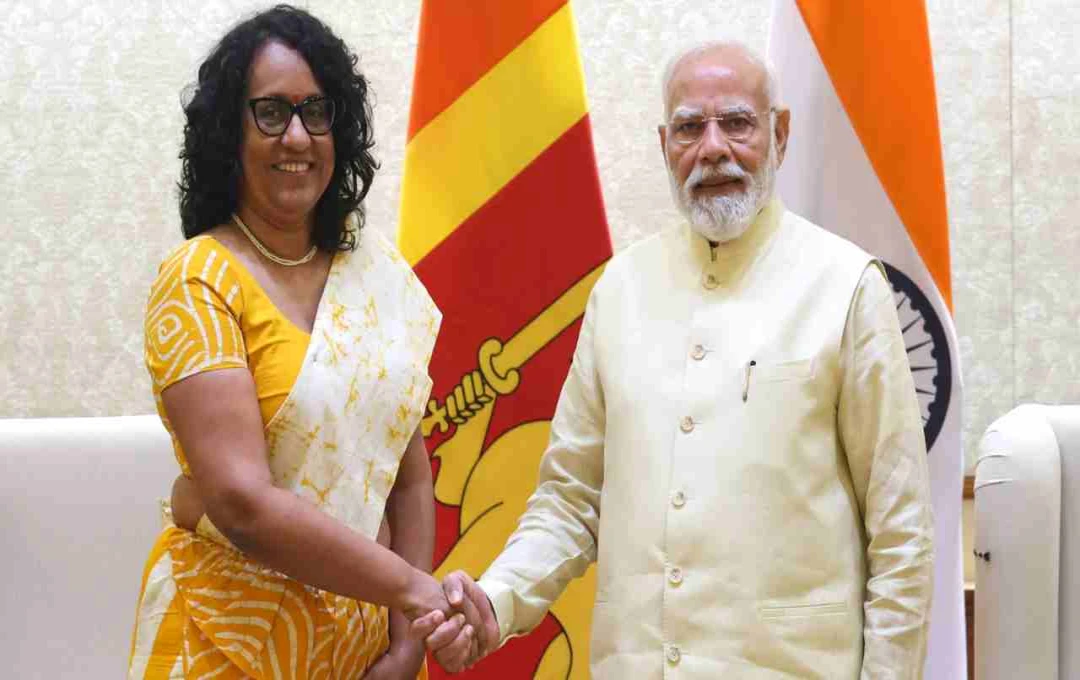India is no longer just an iPhone assembly hub. The country is now manufacturing premium and specialized electronic items that were previously entirely imported from China and other countries. Products like smart TVs, microwave ovens, robotic vacuum cleaners, air fryers, coffee machines, and built-in refrigerators are now being produced in Indian factories.
Government Regulations Drive Domestic Manufacturing
The Indian government has recently implemented significant decisions regarding electronic products. The most prominent change is the Quality Control Order (QCO) from the Bureau of Indian Standards (BIS). Under this order, many products now require BIS approval, which previously could be imported from abroad without inspection.
This move is encouraging foreign companies to establish manufacturing units in India to avoid the lengthy BIS certification process. Industry experts believe this step is significantly boosting electronics manufacturing within the country.
Small Market, Big Opportunity
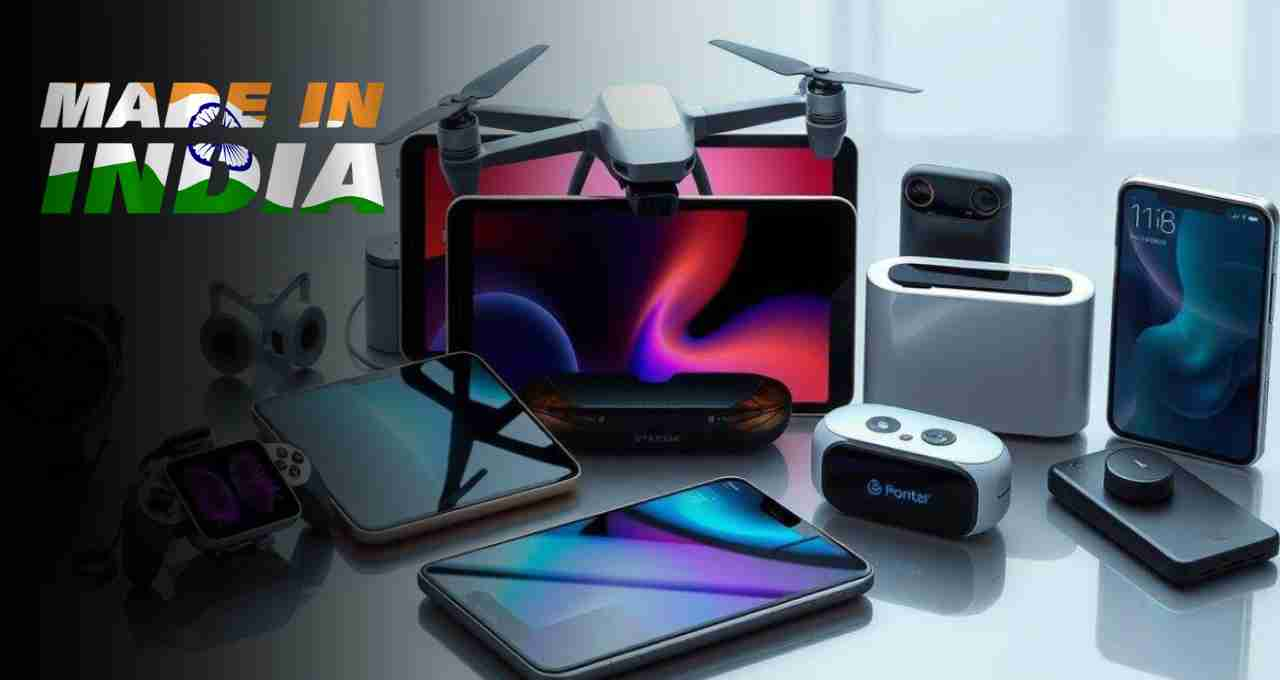
Many products have a small market in India, but companies are still ready to set up factories here. According to Atul Lalla, MD of Dixon Technologies, premium brands are also looking for manufacturing opportunities in smaller segments in India.
Dixon recently partnered with Eureka Forbes to manufacture robotic vacuum cleaners. This category is currently worth around ₹700 crore, but companies expect it to grow rapidly in the coming years.
Foreign Companies Also Establishing Plants in India
Liebherr, a well-known European company, has started a manufacturing plant for built-in refrigerators in Aurangabad, Maharashtra. Production began in April. This refrigerator segment is currently small in India, with only 15,000 units sold annually. However, the company expects this figure to reach one lakh within the next five years.
According to Kapil Agarwal, Sales Director of Liebherr India, the new BIS regulations and changing customer behavior have encouraged them to start manufacturing in India.
Indian Companies Also Aiming for Self-Reliance
Indian companies like Crompton Greaves Consumer Electricals and Havells are now promoting domestic manufacturing instead of importing goods. Havells stated that they have reduced their import dependency from 15% to only 8% in the last year.
This change is significant because the demand for domestic electronic products is rapidly increasing in India, and customers are now preferring 'Made in India' products.
BIS Certification: The Key to Change
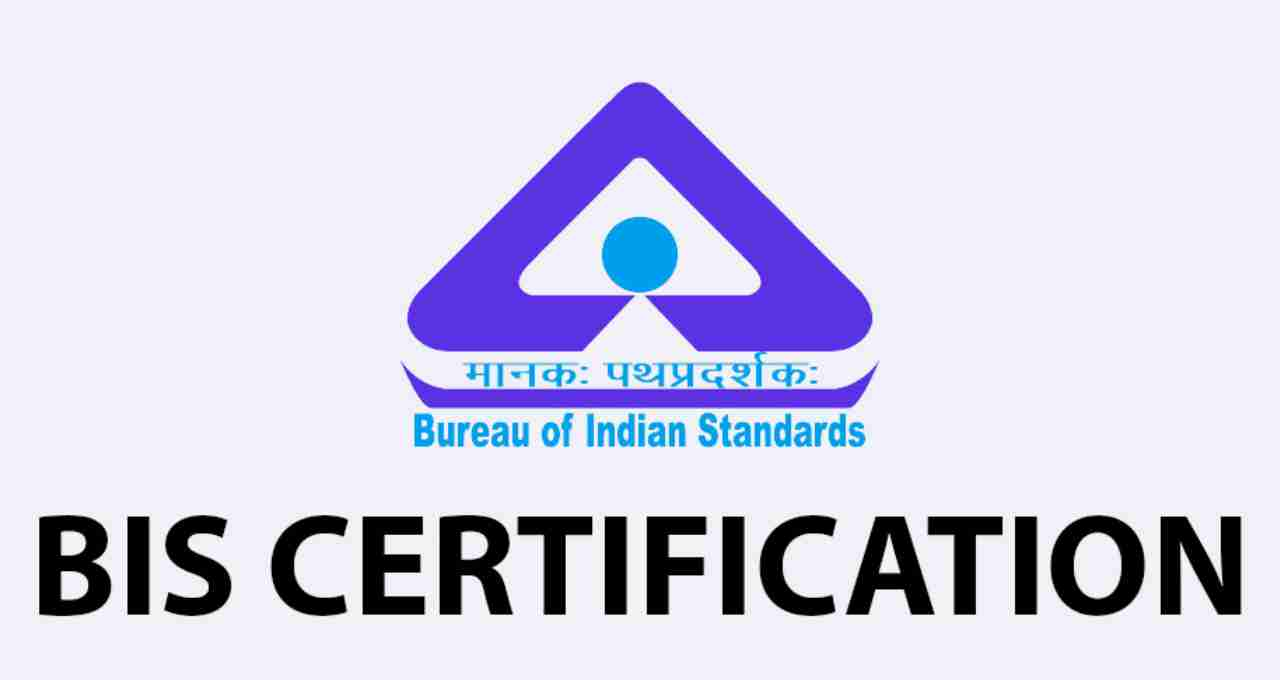
Due to the quality standards set by BIS, it has become difficult for companies to solely import. For foreign companies, manufacturing in India has become a more accessible and profitable option. This is why high-end and premium segment electronic items are now being manufactured locally in India.
Companies Stockpiled Goods Earlier
Some companies had stocked up on these products from abroad before the QCO came into effect. However, the government's regulations have become stricter now, so they will also have to move towards manufacturing in India.
Industry experts believe that even though each product category may be small, the market combined amounts to approximately ₹12,000 to ₹13,000 crore.
How Big is the Overall Electronics Market?
By comparison, the annual market for air conditioners in India alone is worth over ₹40,000 crore. The smartphone market has already surpassed ₹1.5 lakh crore. Thus, even by combining smaller products, a large market is created, which Indian companies and foreign companies operating here are now trying to capitalize on.
India's Manufacturing Mission Gets a Boost
Campaigns like 'Make in India' and 'Atmanirbhar Bharat' have been further strengthened by strict regulations like BIS and QCO. The electronics sector is now reaching products that were previously entirely reliant on China. This change is also increasing the possibilities of employment, investment, and technology transfer in the country.
